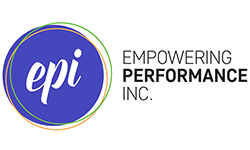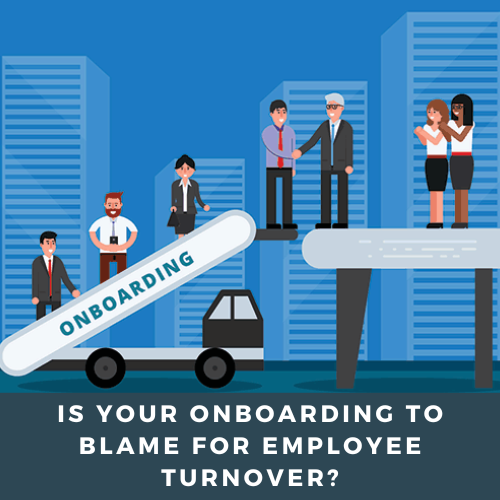Making Complex Problems Simple
I’ve always enjoyed looking at complex situations or problems and figuring out a simple solution. It’s one of my favorite steps in our discovery process with our clients. To be able to provide efficiency, effectiveness, and innovation is immensely gratifying, and it encourages a proactive, solution-oriented mindset.
When it comes to learning solutions, it’s easy to get caught in the web of complex and competing business needs: delivering technical training content; the need for scalability; the demonstration of ROI; and the list goes on.
But when you keep people at the heart of the process, you can find straightforward solutions to learning, development, and process improvement challenges that feel complex at first glance.
Here’s a recent example from one of our global partners: “How do we motivate employees, across roles and regions, to adopt a new mindset and embrace its supporting process?”
A training challenge like this seems tricky on the surface—especially if the new mindset or process feels unrelatable to employees or is technical in nature (think, Agile or Lean methods). But if you approach the challenge with relevance and empathy (i.e., the human elements), you’re more likely to uncover a valuable and sustainable solution.
Here are some ways to move a complex challenge to a solution that works, by keeping people at the center:
Ensure the learning solution is down-to-earth and relatable. And yes, it is possible to make solutions relatable and globally scalable at the same time! For example, use metaphors or storytelling devices that translate regionally—like building a bike or growing a plant.
Find authentic ways for leadership and other employees to “speak” to the team. Whether you use social media, short videos, town hall meetings, or impromptu sharing of success stories and best practice tips (among other things), authentic employee voice is powerful for conveying a clear and aligned message.
Honor employees’ time by keeping learning content relevant. Only include what’s truly necessary to achieve outcomes. This isn’t just about avoiding cognitive overload; it sends the message that you value your team’s time, which means you value them.
Invite people to take ownership by providing actionable opportunities. Find ways to let them make the training solution their own and give them the support to do so.
In a world where life feels increasingly complex, it’s helpful to come back to simple.
How do you keep people at the center of the work? Do you have a complex challenge you can’t seem to simplify? Email me—I'd love to help you solve it.
-Michelle Kelly, CEO (Chief Enjoyment Officer)
Recommended Reading
I’ve always been intrigued by the concept of bullet journaling but didn’t fully understand it until reading this book. A colleague mentioned her success with it, which prompted me to explore further and I’m glad I did.
If you’re looking for a flexible organizing system that will bring more focus and mindfulness into your life, read this book and give bullet journaling a try!




